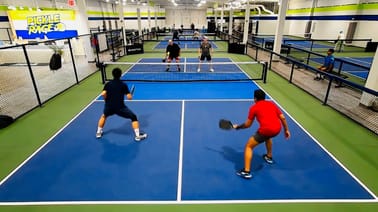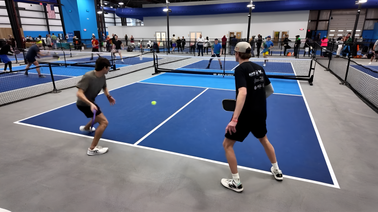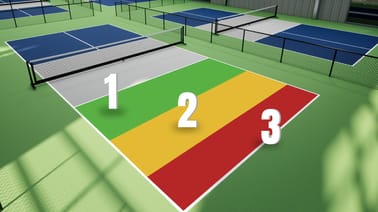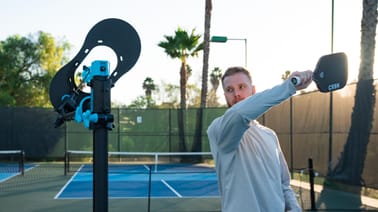
What’s the difference between 4.0s and 5.0s pickleball players? It’s the ability to reset anything and everything. The best players on the court are those who get the ball over the net more than the other team. Sounds simple, right?
At lower levels, when a firefight starts, there is minimal “blocking” or “resetting” back into the kitchen. As the ball goes from paddle to paddle at what seems like the speed of sound, low-level players believe the point should end that way.
A rarity in pickleball is a neutral point; someone has the advantage 97% of the time. The first step to learning when to reset the ball back into the kitchen is recognizing who has the upper hand in the point.
In a previous newsletter “up your game” section highlighting defense with Catherine Parenteau and Riley Newman, we talked about backing off the kitchen line when the opponent has an opportunity to attack. The same applies for a reset. Use a lighter grip, deaden the pace of the ball, and put it back in the kitchen. The opponent wants to start that hands battle but with a reset, you stop it before it starts.
You neutralize your opponent’s advantage and give yourself another shot at winning the point.
GET THE NEW BEN JOHNS HYPERION PADDLE AT FROMUTH PICKLEBALL. If you snag anything else before you checkout, get 10% off with 10DINK (exclusions apply).
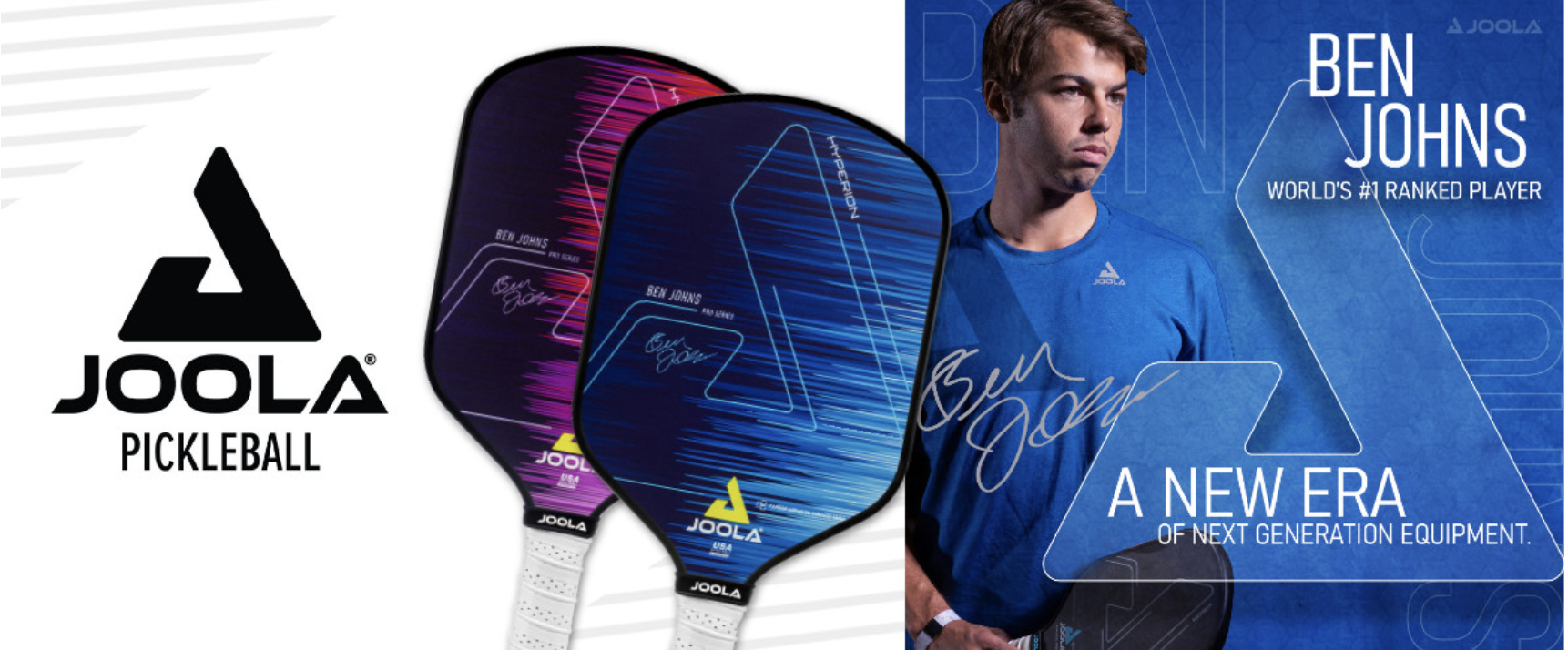
In Transition
One of the hardest parts of the game is the transition zone, no question. This is the area between the baseline and the kitchen (the middle of the court). While many amateurs and even coaches will claim that it should be avoided, the pros know that points are won and lost in the transition zone.
Make the transition zone your best friend.
DO NOT: Swing away and hope for the best.
PLEASE: Reset back into the kitchen.
Occasionally, a well-timed transition can lead to a winner from the transition zone. A poach is great example of this. But be careful not to get ahead of yourself.
Even on the balls that are up and seem like easy winners, the opponent has too much time to see the ball and prepare for this attack. Instead hit a soft, unattackable ball (think of it like a third shot drop) that allows you to proceed to the kitchen line safely.
As stated earlier, one team almost always has an advantage. The goal of the disadvantaged team should always be to make the point neutral. Pickleball is a giant seesaw that goes back and forth with every point. Rather than trying to win the point when at a disadvantage, get back to neutral and THEN hit the right shots. Give yourself a second chance.
One Big Thing
Players often feel like they need to get up to the kitchen as fast as possible. Ideally that would be great—hit one shot and get up. But that’s not how it works. Better players will make it as hard as they can for you to get up to the kitchen line. Be patient in transition.
For an example of this, watch Jessie Irvine. She’s one of the best players in the game and maybe the most consistent. If needed, she’ll hit 10 shots in the transition area before she gets to the kitchen line.
There is no reason to sprint up to the line if your opponent is just going to dart a ball at your feet. Hit one shot, then see if it’s going to bounce. If it is, take a few steps in; there is time because the opponent has to let the ball bounce.
If the opponent can take the ball out of the air, stay put and try to get the ball to bounce in the kitchen again. Repeat and remember: patience is king in this game.
It’s talked about constantly and everyone knows it’s true, but no one wants to do it. The only way to get better is to drill, drill, drill. There are definitely shots and scenarios that can only be replicated during games, but the transition area is not one.
New Arrivals from LOTTO. Up your shoe game and protect your feet with the selection at fromuthpickleball.com. Use code 10DINK for 10% off (some exclusions apply).

Here are a few helpful drills to work on those tough in-between balls in the transition area:
Player A is at the kitchen line. Player B is in the transition area.
Player A feeds balls to the feet of Player B
Player B objective: Reset as many balls as possible back into the kitchen or low enough that Player A can’t attack
Player A objective: Aim for Player B’s feet and try to win the point
- Super simple, very effective.
For more of a challenge:
Player A is at the kitchen line. Player B starts at the baseline and hits a third shot drop
After each shot Player B takes one step in, until they have made it all the way up to the kitchen
- Great drill that teaches patience and proves that there is no rush to get up to the line
Key takeaways:
-Patience wins
-When hitting a reset, aim for dropping it in the kitchen
-When the seesaw is not leaning your way, reset to make the point neutral, then win the point.
-With the small size of the court combined with two opponents, there is little to no room to hit winners. Go win in the trenches! (AKA at the kitchen)



